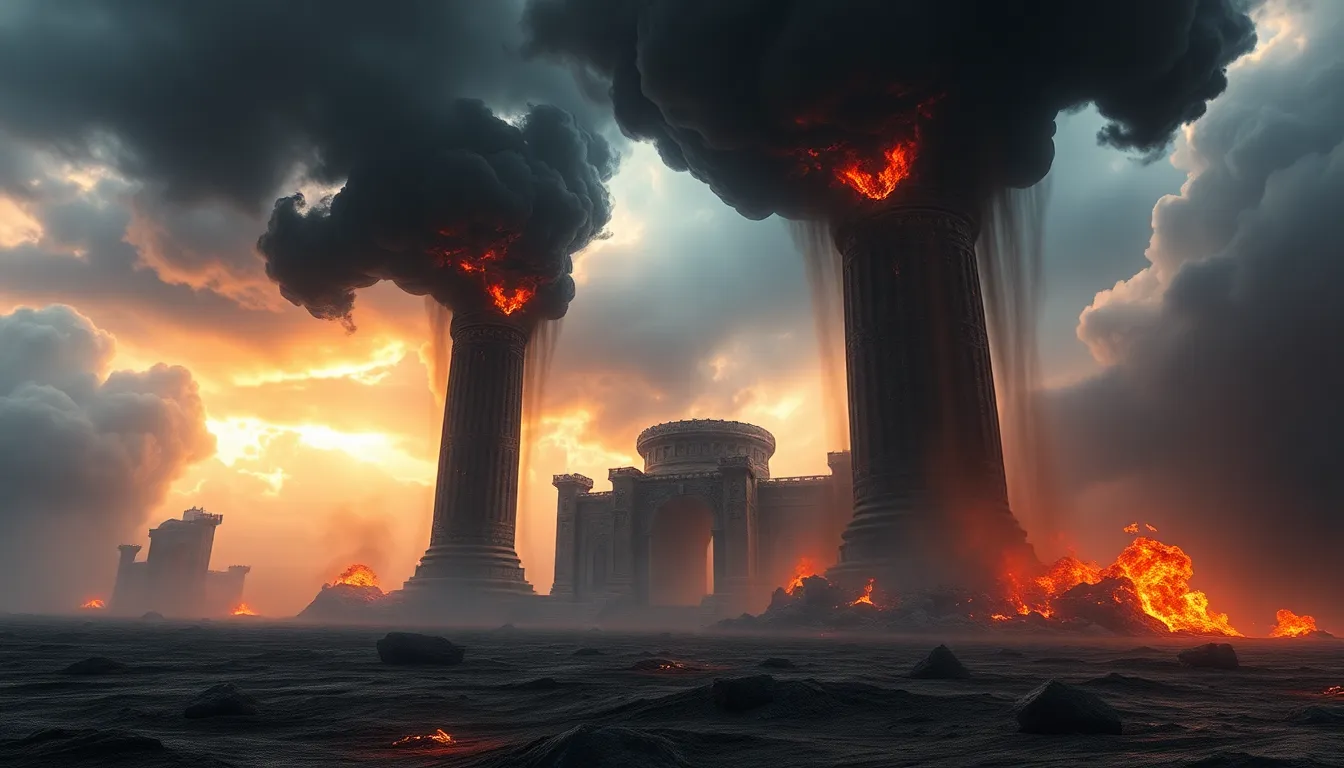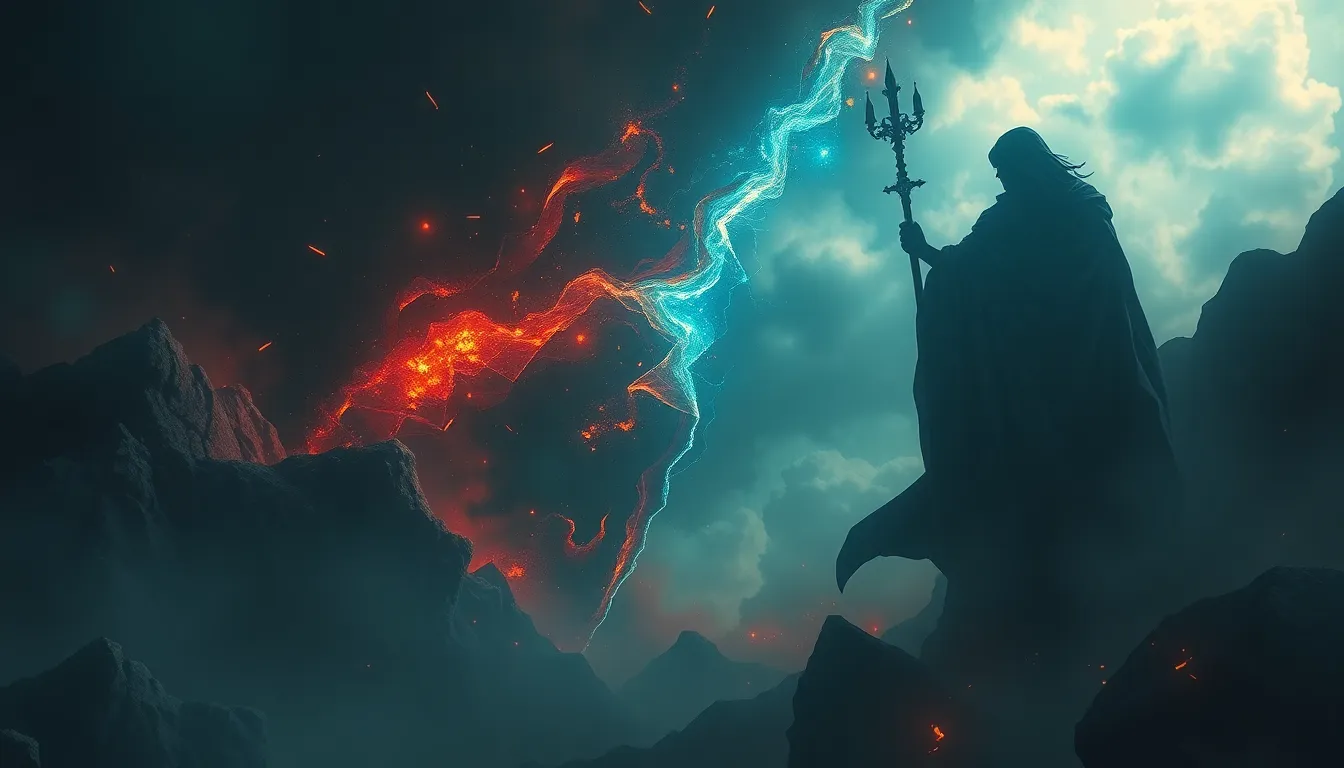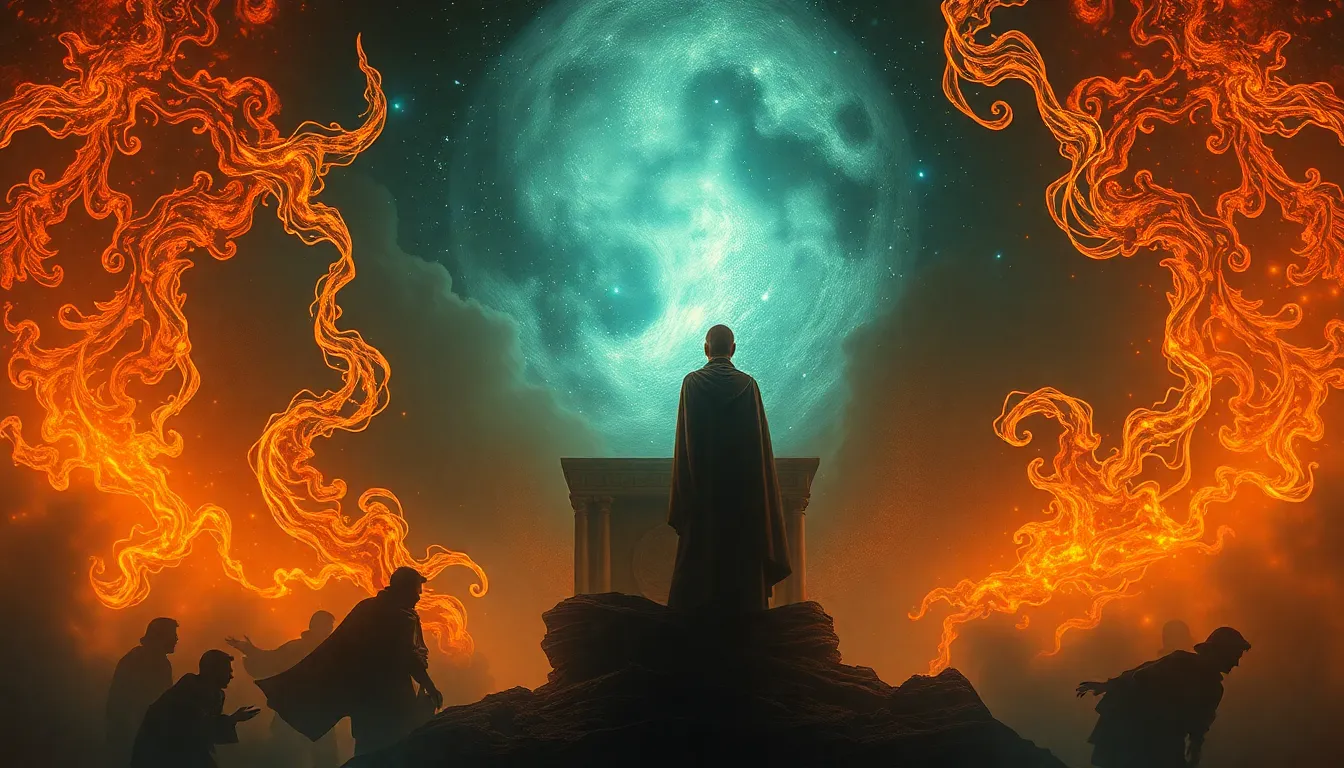The Myths of Armageddon: What Do They Really Mean?
1. Introduction to Armageddon: Defining the Concept
Armageddon is a term that resonates deeply within various cultural and religious contexts. It is often associated with catastrophic events, the end of the world, or a climactic battle between good and evil. The term has its roots in the Hebrew Bible, specifically in the Book of Revelation. However, its interpretations extend far beyond religious texts, influencing literature, film, and public consciousness.
Historically, the significance of Armageddon has evolved, with its origins tracing back to ancient texts and prophecies. The name itself is derived from the Hebrew word “Har Megiddo,” referring to a hill in modern-day Israel where numerous battles took place. This geographical location has been symbolically linked to the ultimate confrontation between divine forces and evil.
2. The Biblical Roots: Understanding Armageddon in Scripture
In the Bible, particularly in the Book of Revelation, Armageddon is depicted as the site of a final battle between the forces of good, led by Christ, and the forces of evil, represented by the devil and his followers. Revelation 16:16 states, “And they gathered them together to the place called in Hebrew, Armageddon.”
Key figures associated with these end-time prophecies include the Antichrist, the false prophet, and the archangel Michael, who leads the heavenly army. The imagery is rich with symbolism, representing the struggle between faith and disbelief, light and darkness, and ultimately, redemption versus destruction.
3. Myth vs. Reality: Common Misconceptions About Armageddon
Despite its biblical roots, many misconceptions about Armageddon persist. Some common myths include:
- Armageddon will occur on a specific date.
- Only a select few will be saved during the apocalypse.
- Armageddon is solely a Christian concept.
In reality, many interpretations of Armageddon stem from apocalyptic literature, which often employs metaphorical language rather than literal predictions. It is essential to distinguish between these literary devices and the more dogmatic beliefs held by some individuals.
4. Armageddon in Popular Culture: Movies, Books, and Media Representations
Armageddon has been a pervasive theme in popular culture, often depicted in films, novels, and television series. Notable examples include:
- Movies: Films like “Armageddon” (1998) and “The Day After Tomorrow” (2004) illustrate apocalyptic scenarios that emphasize human resilience.
- Books: Titles such as “Left Behind” series by Tim LaHaye and Jerry B. Jenkins portray a literal interpretation of end-time events.
- TV Shows: Series like “The Walking Dead” explore the societal collapse following a catastrophic event, reflecting fears of societal breakdown.
The influence of pop culture on public perception cannot be underestimated; it shapes and amplifies fears regarding the end of the world, often sensationalizing the narratives found in religious texts.
5. Psychological Impact: Fear, Anxiety, and the End Times
The myths surrounding Armageddon can have profound psychological effects on individuals and society. Many people experience:
- Increased anxiety about potential global disasters.
- A sense of fatalism, believing that the future is predetermined and uncontrollable.
- Heightened vigilance and preparation for potential apocalyptic events.
This fear can lead to significant behavioral changes, from community preparedness to more extreme responses, such as doomsday prepping. The role of fear in shaping beliefs about the end times is a critical area of study in psychology.
6. Historical Events and Their Relation to Armageddon Myths
Throughout history, various events have been interpreted as signs of an impending apocalypse. Examples include:
- The World Wars, which led many to believe humanity was on the brink of annihilation.
- The Cold War, where the threat of nuclear war brought Armageddon fears to the forefront.
- Natural disasters, such as earthquakes and pandemics, have also been seen as harbingers of the end.
During these crises, societal reactions often reflect an urgent search for meaning in chaos, with some individuals turning to religious texts for interpretation and comfort.
7. Armageddon in Different Religions: Comparative Perspectives
Armageddon-like concepts are not limited to Christianity. Various religions offer their eschatological views, including:
- Islam: The concept of “Qiyamah” refers to the Day of Judgment, which will feature a final reckoning of deeds and the resurrection of the dead.
- Hinduism: The idea of “Kali Yuga” represents an age of darkness and decay, leading to the eventual renewal of the world.
- Buddhism: While not centered on a final battle, Buddhism speaks of cyclical destruction and rebirth, emphasizing impermanence.
These diverse perspectives highlight both similarities and differences in how cultures perceive the end of the world.
8. The Role of Science: Natural Disasters and the End of the World
Scientific interpretations of apocalyptic scenarios often focus on existential risks, such as:
- Climate change and its potential to cause widespread devastation.
- Nuclear threats and their implications for global security.
- Pandemics and their ability to disrupt societies.
While these scenarios can evoke fears similar to those found in mythological narratives, it is crucial to differentiate between scientifically grounded risks and mythological interpretations of Armageddon.
9. Contemporary Relevance: Armageddon in Today’s World
Current events often evoke fears associated with Armageddon, including:
- Geopolitical tensions that could lead to war.
- Escalating climate crises affecting millions.
- The spread of misinformation through social media that fuels apocalyptic narratives.
The impact of technology on the dissemination of these fears cannot be overlooked, as narratives of doom spread quickly and widely in the digital age.
10. Conclusion: Understanding the Myths and What They Teach Us
Armageddon myths serve various purposes, from cautionary tales to reflections on human nature. They encourage critical thinking about our beliefs and the narratives we construct around the end of the world. By understanding these myths, we can engage in more informed discourse about our future and the existential risks we face.
Ultimately, embracing a balanced perspective that combines both faith and reason can lead to a more profound understanding of the complexities surrounding Armageddon and its place in our collective psyche.




